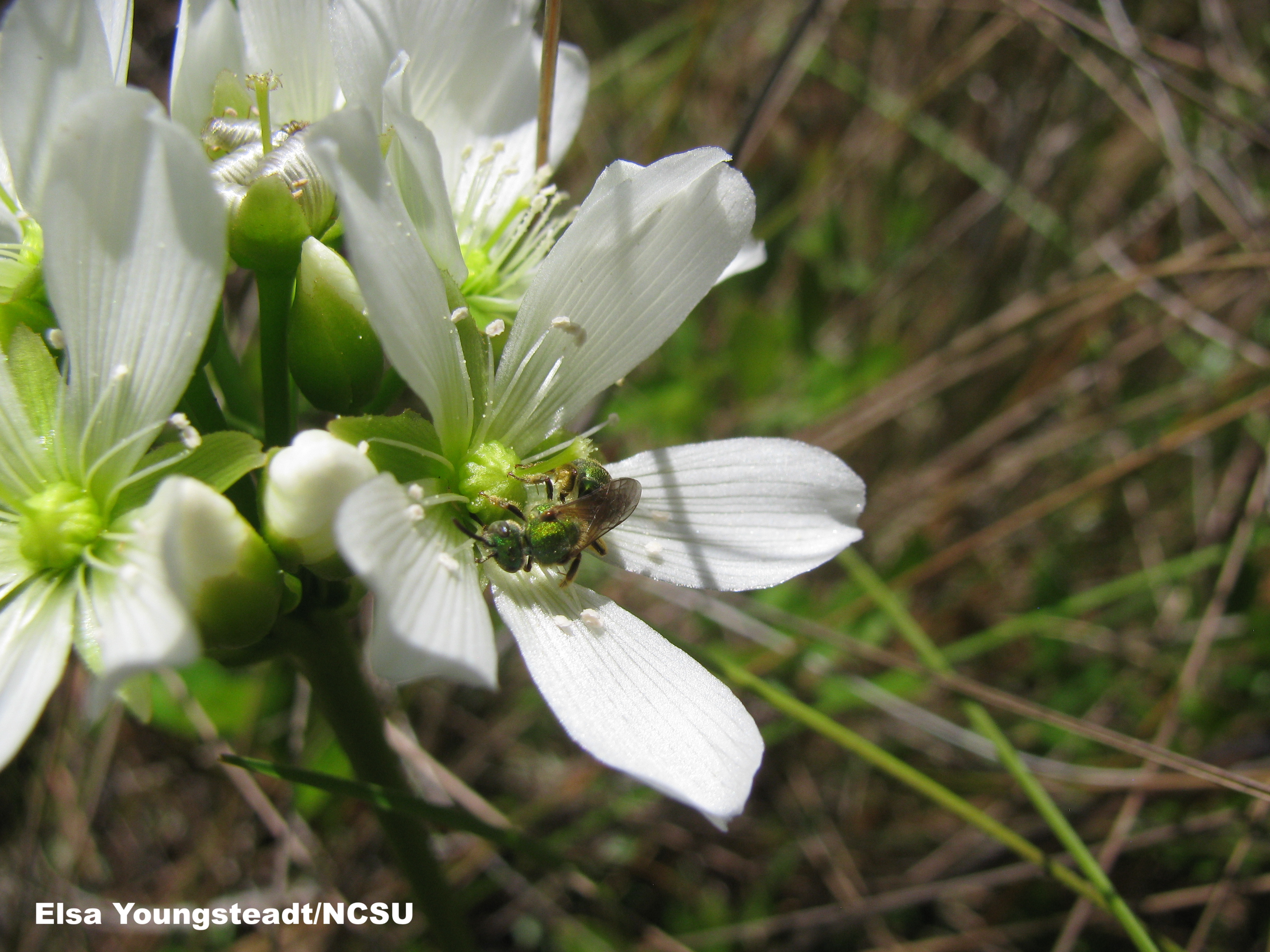Venus Flytrap Flowers
go.ncsu.edu/readext?696621
en Español / em Português
El inglés es el idioma de control de esta página. En la medida en que haya algún conflicto entre la traducción al inglés y la traducción, el inglés prevalece.
Al hacer clic en el enlace de traducción se activa un servicio de traducción gratuito para convertir la página al español. Al igual que con cualquier traducción por Internet, la conversión no es sensible al contexto y puede que no traduzca el texto en su significado original. NC State Extension no garantiza la exactitud del texto traducido. Por favor, tenga en cuenta que algunas aplicaciones y/o servicios pueden no funcionar como se espera cuando se traducen.
Português
Inglês é o idioma de controle desta página. Na medida que haja algum conflito entre o texto original em Inglês e a tradução, o Inglês prevalece.
Ao clicar no link de tradução, um serviço gratuito de tradução será ativado para converter a página para o Português. Como em qualquer tradução pela internet, a conversão não é sensivel ao contexto e pode não ocorrer a tradução para o significado orginal. O serviço de Extensão da Carolina do Norte (NC State Extension) não garante a exatidão do texto traduzido. Por favor, observe que algumas funções ou serviços podem não funcionar como esperado após a tradução.
English
English is the controlling language of this page. To the extent there is any conflict between the English text and the translation, English controls.
Clicking on the translation link activates a free translation service to convert the page to Spanish. As with any Internet translation, the conversion is not context-sensitive and may not translate the text to its original meaning. NC State Extension does not guarantee the accuracy of the translated text. Please note that some applications and/or services may not function as expected when translated.
Collapse ▲The trap leaves get all the attention, but there’s also a lot to appreciate in the showy white flowers of Venus flytraps (Dionaea muscipula). In our first image, pollen grains are clearly visible on the anthers, which are the club-like structures borne on filaments. (For scale, the flowers are about 0.7-inch across). Venus flytrap pollen grains are exceptionally large, and thus fairly easy to make out with just a little bit of magnification. The additional images from Elsa Youngsteadt and Clyde Sorensen are of pollinators that were found to be exceptionally important to Venus flytraps during a 2016 NC State University study in Pender County. Late May into June is a great time to see Venus flytrap flowers in the Croatan National Forest. Many thanks to Elsa for helpful comments and additional images.








